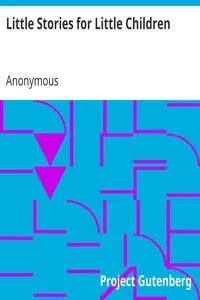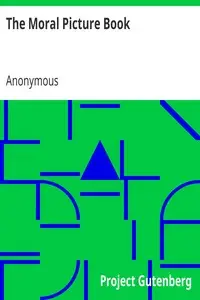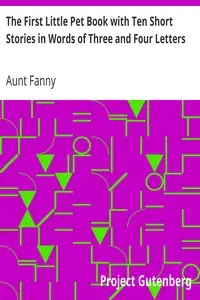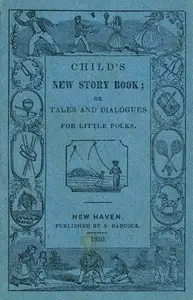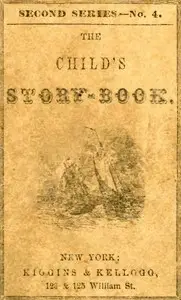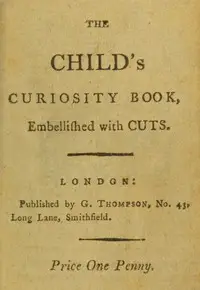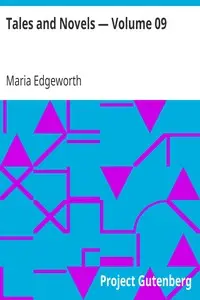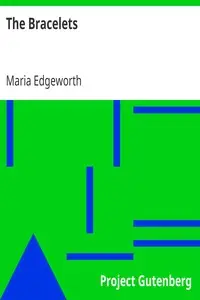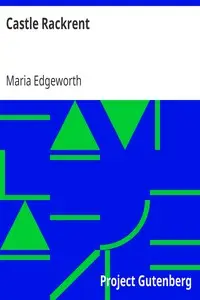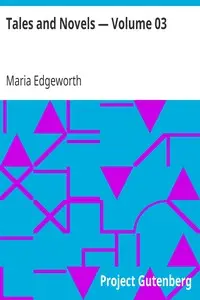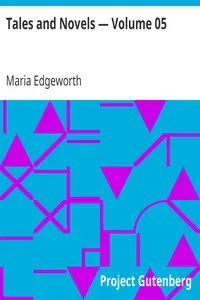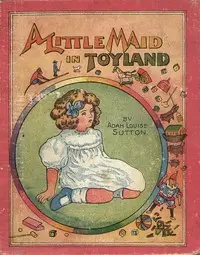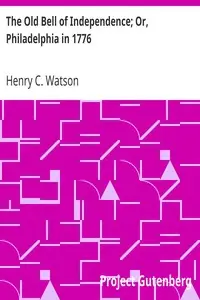"The Little Dog Trusty; The Orange Man; and the Cherry Orchard; Being the Tenth Part of Early Lessons" by Maria Edgeworth is a collection of three short stories designed to teach kids about being good. The first tale features two brothers and showcases what happens when you're honest compared to when you're not. Then, there's a story about a boy who stays true to himself and another who chooses to steal, highlighting why honesty always wins. Finally, one narrative presents the importance of kindness and working together while showing that being mean ultimately gets you nowhere. Throughout these stories, children learn the value of telling the truth, making good choices, and staying positive, all while inspiring them to grow into kind and honest people.
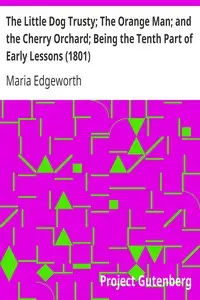
The Little Dog Trusty; The Orange Man; and the Cherry Orchard; Being the Tenth Part of Early Lessons (1801)
By Maria Edgeworth
When some curious children come across situations involving honesty, kindness, and good decision making they learn that making good choices leads to a better life.
Summary
About the AuthorMaria Edgeworth was a prolific Anglo-Irish novelist of adults' and children's literature. She was one of the first realist writers in children's literature and a significant figure in the evolution of the novel in Europe. She held critical views on estate management, politics, and education, and corresponded with some of the leading literary and economic writers, including Sir Walter Scott and David Ricardo. During the first decade of the 19th century she was one of the most widely read novelists in Britain and Ireland. Her name today is most commonly associated with Castle Rackrent, her first novel, in which she adopted an Irish Catholic voice to narrate the dissipation and decline of a family from her own landed Anglo-Irish class.
Maria Edgeworth was a prolific Anglo-Irish novelist of adults' and children's literature. She was one of the first realist writers in children's literature and a significant figure in the evolution of the novel in Europe. She held critical views on estate management, politics, and education, and corresponded with some of the leading literary and economic writers, including Sir Walter Scott and David Ricardo. During the first decade of the 19th century she was one of the most widely read novelists in Britain and Ireland. Her name today is most commonly associated with Castle Rackrent, her first novel, in which she adopted an Irish Catholic voice to narrate the dissipation and decline of a family from her own landed Anglo-Irish class.


